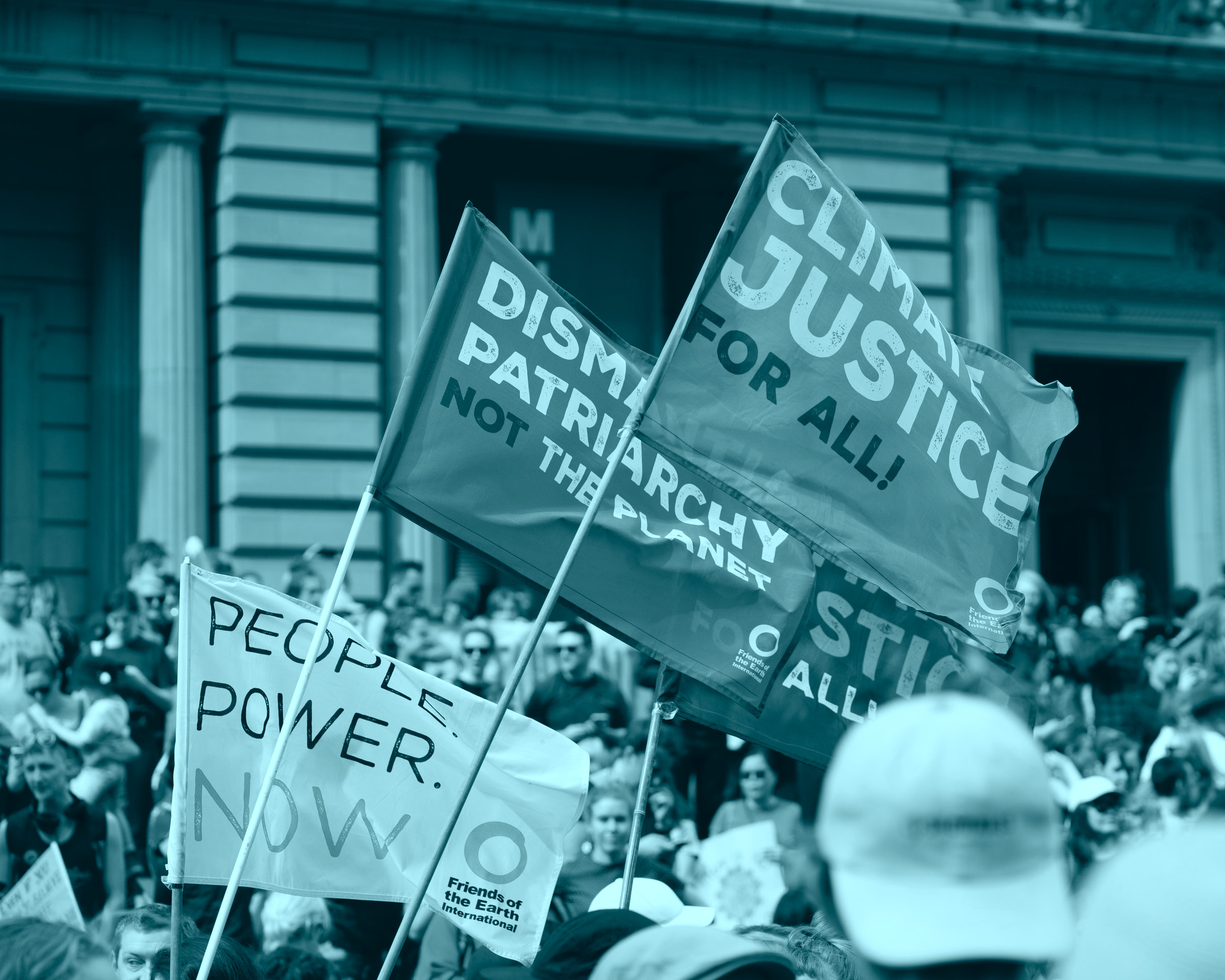An international consortium working at the interface between science and policy, to assist the European Environment Agency (EEA) in supporting and informing policy development and implementation in the area of climate change impacts, vulnerability and adaptation (CCIVA) including disaster risk reduction, the main supported policy process being the EU Adaptation Strategy: this is the European Topic Centre on Climate Change Impacts, Vulnerability and Adaptation (ETC/CCA).
The current topic centre, coordinated by the CMCC Foundation, is composed of 15 European institutions, including research, government, non-profit and commercial organizations active in the field of CCIVA in Europe with strong linkages with the countries and the international community. The consortium is contracted by the EEA to supply thematic expertise and carry out specific activities identified in the EEA programming documents implementing the overarching multi-annual EEA Strategy, whose edition has been recently updated for the 2021-2030 period.
The ETC/CCA works at the interface between science and policy, its programme being aligned with the EU Green Deal, as the EEA aims to deliver policy-relevant data and actionable knowledge to achieve Europe’s environment and climate ambitions.
Silvia Medri, CMCC and ETC/CCA coordinator
As such, the ETC/CCA is an integral part of and support to the European environment information and observation network (Eionet): the EEA partnership network which is crucial to the agency in collecting, organizing, assessing and communicating evidence-based knowledge that ultimately informs the transition towards sustainability and the response to the related societal challenges.
Ten years of CMCC leadership
The CMCC Foundation leads and coordinates the ETC/CCA consortium since its start in 2011. “ETC/CCA is indeed an inspirational experience” explains Silvia Medri, CMCC senior scientific manager and ETC/CCA coordinator, “quite different from a traditional research project; our experts work with the EEA under a framework partnership agreement: this means that the EEA is our contractor and supervisor, but also our main collaborator. Furthermore, as the EEA works closely with policy makers, our work plan is often updated along the way to meet evolving knowledge needs that are strategically relevant for the European Commission, mainly Directorates General CLIMA and ENVIRONMENT. This is why our work is so interesting and engaging.”
“We support the EEA work for more than ten years”, Lorella Reda, ETC/CCA Administrative/Financial Deputy Manager, explains, “and we have developed excellent professional relationships with the EEA staff in our area of expertise, with mutual benefits.”
Eionet: a unique network
The European environment information and observation network (Eionet) is the extensive partnership network connecting the EEA itself, hundreds of institutions from the 38 EEA member and cooperating countries across Europe dealing with environment and climate information management and assessment as well as seven European Topic Centres (ETCs), like the ETC/CCA. This structured networking set up is fundamental in enabling the maintenance of the broadest and most up to date collection of data, knowledge and best practices on environment and climate topics in Europe. In this framework the ETC/CCA contributes to the collection, harmonisation and assessment of information relevant to CCIVA, encompassing: indicators on climate change and its impacts across sectors and regions, assessments of climate change vulnerabilities, hazards and risks to society and ecosystems, and monitoring and evaluation of current or planned adaptation strategies, plans and actions. Supporting capacity building in EEA countries is a component of the ETC activities as well.
The partnership network of the European Environment Agency and its Member Countries, Eionet, is a unique asset and the ETC/CCA is an integral part of it. EEA and Eionet has become an acknowledged and trusted provider of up-to-date high-quality information for decision making in Europe.
Silvia Medri, CMCC and ETC/CCA coordinator
Working side by side with the European Environment Agency
From urban adaptation to the assessment of the economic losses from climate-related extremes in Europe, the ETC/CCA experts working at the CMCC Foundation support the EEA in their different fields of expertise.
“In the framework of the ETC/CCA activities”, explains Jaroslav Mysiak, director of the CMCC research division ‘Risk assessment and adaptation strategies’ and ETC/CCA task manager, “we develop and regularly update a set of indicators such as the indicator on the economic losses from climate-related extremes, and support the EEA realizing reports underlying the synergies between climate change adaptation and disaster risk reduction (DRR), or other assessment reports focused on nature-based solutions for DRR (this report is in preparation and almost ready to be published, ed.), and on adaptation monitoring, reporting and evaluation (MRE), like the report recently released in October 2020.”
Between 1980 and 2019, weather and climate-related extremes accounted for around 81 % of total economic losses caused by natural hazards in Europe. How much economic damage was caused by extreme weather & #climate events in Europe? Check the #EEAIndicator👇 pic.twitter.com/tQ32ck5DqN
— EU EnvironmentAgency (@EUEnvironment) January 8, 2021
The research group of Margaretha Breil, senior scientist at the CMCC Foundation and ETC/CCA task manager, is focused on the urban and social aspects of climate change adaptation, including climate resilience in the context of the Just Transition. The experts provide information for policy and decision makers on urban adaptation in Europe, highlighting best practices and relevant knowledge in the field. “When we think about climate change impacts, we immediately think about its physical impacts, such as increasing temperatures, heat stresses, floods, etc., but in recent years there’s a growing interest in the social vulnerability to climate change”, Margaretha Breil explains. “We started to understand that climate change impacts do not affect all citizens in the same way, and not citizens all are able to benefit equally from adaptation measures. They often cause worse impacts on certain vulnerable groups within cities. In the framework of ETC/CCA we supported the EEA by realizing a report on this topic.”
More recently, she supported the EEA in the realization of the report ‘Urban adaptation in Europe: how cities and towns respond to climate change’, presenting the state of the art of climate change adaptation in European urban areas.
We are becoming more aware of #climatechange impacts and the need to #adapt, but many of Europe’s cities are struggling to handle
🔻heatwaves
🔻severe droughts
🔻destructive floods
Check out the two reports that we have published today to find out more: https://t.co/uIpc5D70Y8— EU EnvironmentAgency (@EUEnvironment) October 13, 2020
“We assessed climate change impacts in European cities and the effectiveness of adaptation options, on the basis of the scientific literature and best practices available”, explains Margaretha Breil. “Urban adaptation means essentially changing the physical and even the social form of a city in a way it can adapt to a warmer or to more extreme precipitation or flooding events”.
Adaptation of cities is necessary for maintaining cities as livable and comfortable places, but is also necessary from an economic perspective. Urban areas are key economic hubs home to industry and services, so interruptions to their functions can have widespread impacts across national and international economies.
Margaretha Breil, CMCC and ETC/CCA Task Manager
“Many local authorities have realized the importance of becoming resilient to climate change and adopted adaptation plans and strategies” she adds, “but the implementation of adaptation measures (e.g. developing more green spaces to reduce the impacts of heatwaves or adjusting sewerage systems to cope with flash flooding) and the monitoring of the success of these actions are sometimes slow. With our work, we provide an overview on achievements cities have made which can serve as inspiration for other cities and administrations and highlight the gaps which are still to bridge, both in terms of adaptation measures as in terms of policies which support cities in taking action”.
Supporting the policy process: the EU Strategy on Climate Change Adaptation
The work of ETC/CCA assisted the EEA in informing the implementation of the EU Strategy on Climate Change Adaptation (2013) and the process following up its evaluation (in 2018), including the development of the (2020) Blueprint for a new, more ambitious EU Strategy and the preparation of the new EU Adaptation Strategy just launched in February 2021, and now its implementation.
“We have witnessed closely and played our small part in the evolution of the EU policy process on adaptation”, Silvia Medri says. “When the ETC/CCA started its activities in 2011, there was only the EC White Paper ‘Adapting to climate change: towards a European framework for action’; in 2012 the European Climate Adaptation Platform (Climate-ADAPT) was launched followed in 2013 by the first ever EU Strategy on Climate Change Adaptation; and a few weeks ago, the second EU Adaptation Strategy was released. Climate-ADAPT is a pillar of the EU Strategy and was designed and built in parallel and in support to the development of the latter. Overall, the work of the ETC/CCA follows and feeds into the EEA flagship reports every 5 years: European State of the Environment and Outlook Report – SOER. SOER is not only a comprehensive state of the art report on the environment in Europe, but a relevant and legitimate element of the process towards the transition to a sustainable Europe”.
“The CMCC Foundation has been responsible for the development, updating and improving of Climate-ADAPT since the creation of the platform”, says Valentina Giannini, CMCC scientist and ETC/CCA task manager of Climate-ADAPT (with CMCC scientist Katie Johnson, ed.). “It’s a partnership between the European Commission (in particular DG CLIMA) and the EEA developed to overcome the lack of a consistent knowledge base on adaptation in Europe and a key element of the EU Adaptation Strategy, thus supporting Europe in adapting to climate change.”
Regularly updated, improved and revised, the platform provides access to and sharing of quality checked information on climate change impacts, vulnerability and adaptation, such as: expected climate change in Europe; current and future vulnerability of regions and sectors; EU, national and transnational adaptation strategies and actions; adaptation case studies and potential adaptation options; tools that support adaptation planning.
Recently the European Climate and Health Observatory, a partnership between the European Commission and the EEA, together with other key players in the field, was launched and it is hosted on Climate-ADAPT by the EEA. The Observatory is a concrete, first deliverable of the EU’s new Adaptation Strategy and will provide access to information related to climate and human health in Europe, such as European and national policy context; impacts of climate change on health in Europe; indicators, information systems, tools, early warning systems on climate and health, and more in general relevant quality-checked resources, including publications and reports, projects, guidance material and information portals.
Today we are launching the European Climate & Health Observatory together with @EUEnvironment
It will provide the knowledge & tools needed to tackle health challenges related to #ClimateChange
Register & follow live 🔴 at 2 pm CET 👇🏽https://t.co/dq0fFRxSD7#EUAdaptationStrategy pic.twitter.com/guQBN6ZGmY— EU Climate Action (@EUClimateAction) March 4, 2021
“Climate-ADAPT is a constantly evolving platform”, adds Valentina Giannini, “and there’s an ongoing discussion on how the platform could be improved. We want to enlarge the number of contributors to Climate-ADAPT to have not only the EEA and ETC experts, but the whole community (researchers, but not only) dealing with adaptation. Moreover, we want to develop and enhance the interoperability with other relevant information systems and data infrastructures for a more efficient use of the available knowledge and EU resources.”
Future objectives
The work of the ETC/CCA in the next decade will be aligned to the ambitious objectives of the EU Green Deal and of the upcoming 8th Environment Action Programme, a proposal recently launched that supports the environment and climate action objectives of the European Green Deal while forming the EU’s basis for achieving the United Nation’s 2030 Agenda and its Sustainable Development Goals. Supporting the actions implementing the new EU Adaptation Strategy will be the top priority and the hot themes will be human health, nature-based solutions and just adaptation.
“The EEA Strategy is already aligned with the EU Green Deal, and so is our current action plan; this way, we are always updated on the on-going policy developments in the area on adaptation”, Silvia Medri concludes.
Read also:
The EC Directorate-General for Climate Action (DG CLIMA) website
The European Environment Agency (EEA) website
The European Topic Centre on Climate Change Impacts, Vulnerability and Adaptation (ETC/CCA)






